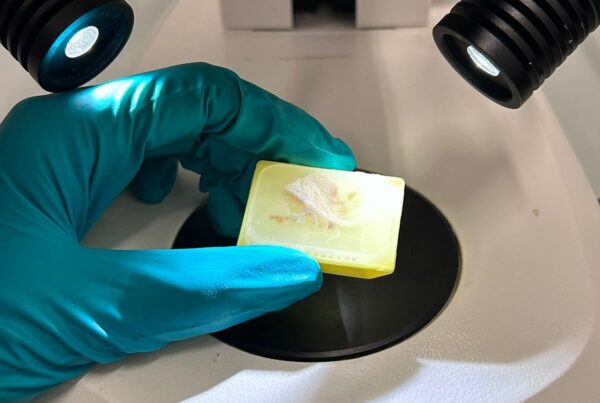Two Photon Structural and Functional Imaging

Problems
In many living tissues, such as neural tissue, structure and function are closely related. For example, neural plasticity strongly influences synaptogenesis, or a certain pattern of neural excitation significantly alters the synaptic structure by strengthening connections (long-term potentiation). In a neural circuit, structure determines function, and function alters structure.
Technology
Non-linear microscopy in various technological forms ranging from high-density and resolution to large areas and fast acquisition times allows analysing living tissue (such as neural or other types of tissue) going in-depth and extracting information from different non-linear interaction phenomena, such as fluorescence emission, second harmonic production, and the study of the average lifetime of the excited level.
Outcomes and impact
Signals obtained from the non-linear processes allow for obtaining fundamental information both on the morpho chemical aspects of the tissue and on functional aspects. In particular, the fluorescence signals can be linked to molecules characteristic of a tumour or of a metabolic process. The second harmonic signal can be correlated to other tissue structures such as collagen and sarcomeres, while the study of the lifetime of the excited level can provide information between the coupling of the molecules, very useful for the detection of tumours.
Highlights














